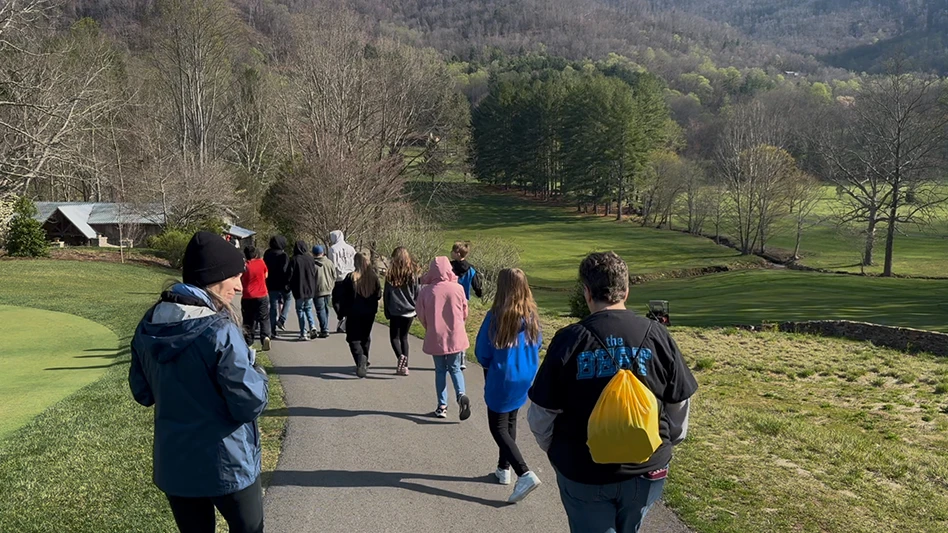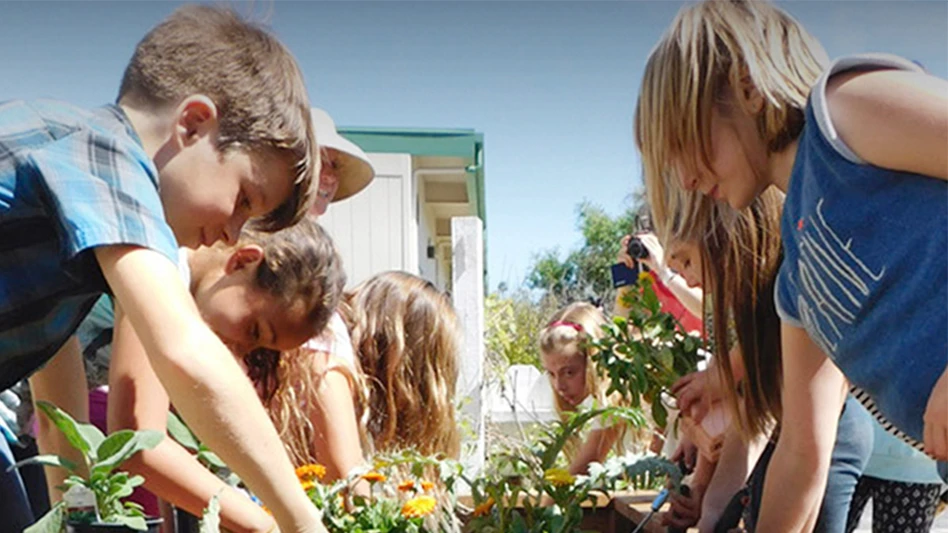 Jeffrey D. Brauer |
I have often written about implementing a new forward-tee program as a means to pick up women (players). I have designed them into both new courses and major renovations, but I have started to get calls back from other courses. One such course is Wilderness at Fortune Bay in Tower, Minn., opened 10 years ago, and one of the last courses from my own “Neanderthal” design phase. It’s a resort course, with lots of female and mixed play, in a state with the highest golf participation rate, where 43 percent of registered handicaps are female. It’s highly ranked by magazines, and weathering the golf recession well, but would like to speed play, cater to women and generally make the course more enjoyable. While back to consult on other matters, I suggested implementing a forward-tee program and they saw the value immediately. I used a multiple-step process of establishing the parameters, evaluating the existing conditions, setting tees on plan using pure distance and then field adjusting those to their final locations. The last step is most important. I explained the “proportional theory” of tee placement and hole distance. Old style forward tees were placed by subtracting 20-30 yards from the previous tee. New wave forward tees are placed by a percentage of shot length. There is usually some resistance at first, but after thought, it’s hard to argue the process that greens are generally “meant to be” reached in regulation figures. Extra shots aren’t fun and they slow play. We presume back-tee players drive approximately the PGA Tour average of 295 yards, with second shots maxing out at 260 yards. We know that many women hit a maximum of 150 yards (although only about 40 percent of the time) and hit fairway woods up to 130 yards, suggests using 51 percent of total distance as a baseline. A 7,200-yard course such as Fortune Bay should generally play about 3,675 yards. While some forward-tee pioneers have had success at this yardage, most clients prefer a minimum length of 4,000 yards. In a world (or on a course) where the forward tees are over 5,000 yards, 3,600 yards isn’t widely accepted for anything other than junior play. Sometimes, perception is reality, as the managers market them that way. We decided to use 60 percent and have a target yardage of 4,325 yards. Women will probably hit longer clubs than men into greens, but they should still be attainable in par figures with good shots. There may be three or four holes out of reach, which is better than 18, if not perfect. If using 60 percent as a base, don’t move tees back from the measured locations unless absolutely dictated by site conditions. Another theoretical item to discuss before detailed planning is whether to design the forward tee golf experience based totally on proportional distance, or to respect USGA established par and length guidelines. While I have seen different hole and course pars at some courses, most prefer to keep the same par from all sets of tees. Using the 150-130 yard design parameters, the maximum reachable par-4 length is 280 yards, while the USGA says it should be up to 404 yards. On the shorter end of par-4 holes, recreating the play experience of a “possibly reachable par-4 hole” requires forward tees at 150-170 yards, which is below the USGA recommended 205 yards. Having seen the joy women who have actually driven a par 4 from the tee experience, I favor the proportional holes, no matter how short. The USGA minimum par-5 length for women of 405 yards is actually about the maximum length they can reach in three shots at 150-130-130, so I never build a forward tee par-5 over 410 yards. Replicating a short- to mid-iron third shot requires a maximum yardage of about 380 yards, below USGA recommendations. However, there are many white tees below the USGA men’s minimum of 471 yards (and increasingly, par 4s with back-tee yardages over 470 yards) so this shouldn’t be a terrible conundrum. With client and architect firmly on board with both theory and exceptions, the first step of the design process is evaluate what exists. The course measures 7,207 yards, 6,772 yards, 6,147 yards and 5,324 yards (!?!?) for forward tees. The first three yardages are popular yardages for the 290-, 255- and 225-yard drivers, which are typical distances by low-, mid- and higher-handicappers. The 5,324 set of tees works well for players in the 180-200 yard tee shot range, which is generally perfect for competitive women and most male seniors. It might be a bit shorter than they play at home, but perfect for a fun day of resort golf. It was quickly obvious that the solution was to add a new set of tees, and calling the current green tees of 5,324 yards the new white tees. Many courses fit this profile and would benefit from a similar program, while some need adjustments to all tees. Using maps and aerial photos, we drew arcs at the prescribed 60 percent distance on each hole, working back from the green. This was the basic plan we took to the field to set the final locations, which will be described in detail next month.
Jeffrey D. Brauer is a veteran golf course architect responsible for more than 50 new courses and more than 100 renovations. A member and past president of the American Society of Golf Course Architects, he is president of Jeffrey D. Brauer/GolfScapes in Arlington, Texas. Reach him at jeff@jeffreydbrauer.com. |

Explore the November 2014 Issue
Check out more from this issue and find your next story to read.
Latest from Golf Course Industry
- The Aquatrols Company hires marketing manager
- Renovating Bredemus in West Texas
- Renovation starts at Okatie Creek GC at Sun City Hilton Head
- The Fittest Podcast in Turf: Episode 1
- New 6-hole course debuts in Oklahoma
- GCSAA announces Grassroots Ambassador Leadership Award recipients
- Reel Turf Techs: David Gummo
- PBI-Gordon promotes two to executive level





